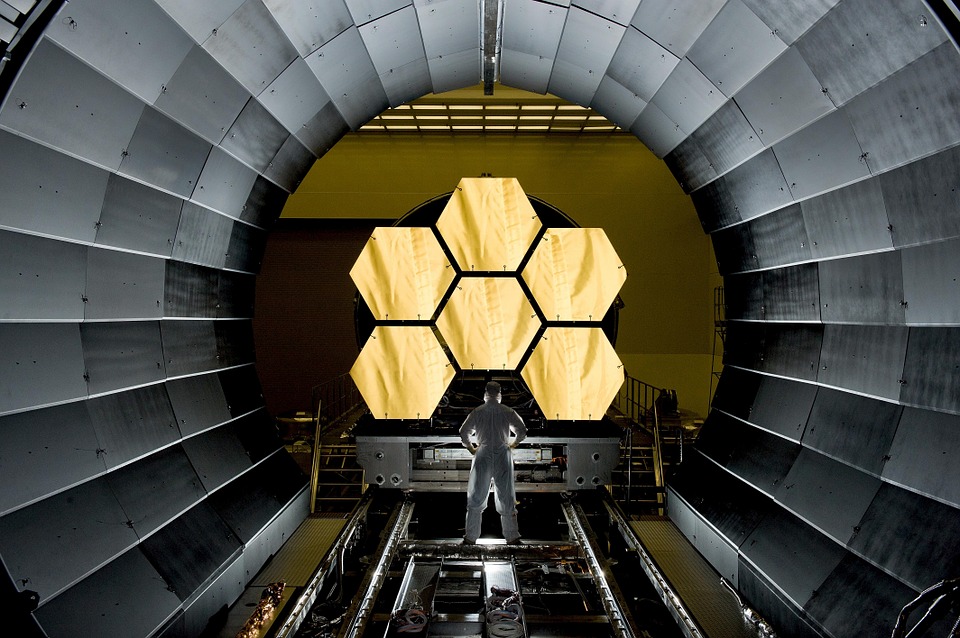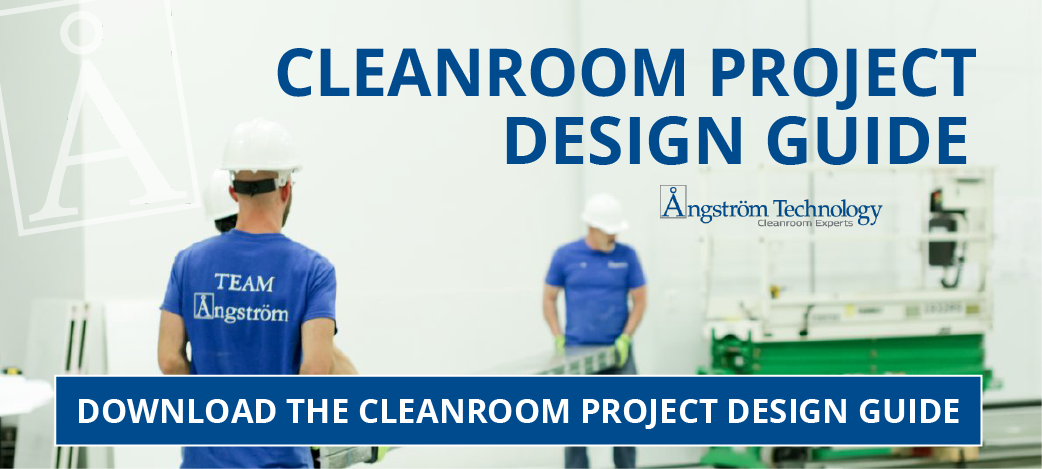
5 Types of Cleanrooms that Use Air Showers
If you own and operate a cleanroom, you know that people are the single largest source of entering contaminants. Cleanrooms serve to limit potential contamination from reaching your work, but even constant filtration, garments, and gloves can only do so much — there will always be particles that make it through. These particles not only threaten your ability to reach your cleanroom classification, but could pose hazards to delicate work — from semiconductor manufacturing to defense system calibration, medical research, and more.
The next layer of defense for sensitive environments is air showers. Air showers are another step before entering the cleanroom that removes lingering particles, providing additional protection for your environment and the critical work you do. How do air showers work and what types of cleanrooms can benefit from air showers? Let’s answer these questions and more.
How Do Air Showers Work?
Air showers are chambers situated at the entrance of a cleanroom or pass-through to a more secure part of a cleanroom that use concentrated bursts of air to remove particles from entering workers, carts, and supplies. They are an added layer of protection for people and products moving from a less secure to a more secure area.
Air used in air showers is concentrated, high-velocity, and ultra-filtered to dislodge any particles that have settled on garments or surfaces. Once it has served its purpose, “dirty” air, full of the removed particles, is pulled out of the chamber through the exhaust system.
When properly installed and utilized, air showers are an effective means of reducing potential contaminants and protecting sensitive work at a relatively low cost.
5 Types of Cleanrooms That Use Air Showers
Air showers aren’t required in all types of cleanrooms, but several applications can benefit from the added step of particle removal. Industries that require stringent cleanliness standards per their cleanroom classification have the most to gain from including air showers in their cleanroom design.
Let’s look at 5 such applications that use air showers.
#1 Air Showers in Medical Research Cleanrooms
Medical research and highly sensitive equipment used in that research can both be compromised by entering contaminants. To keep the environment as free of particles as possible and reach stringent ISO Class 5 or lower standards, these types of cleanrooms use air showers for researchers and doctors to “rinse off” before entering the controlled environment.
In some medical cleanroom applications, such as those working with bio-hazardous materials, infectious diseases, or toxic fumes, what’s inside the cleanroom may be more dangerous than the outside. In addition to negative pressurization to isolate internal contaminants, air showers may be placed within the cleanroom to remove particles from workers exiting the controlled environment as an added defense.
#2 Pharmaceutical Cleanrooms
Pharmaceutical cleanrooms are trusted to develop, test, and produce life-saving drugs and compounds. Any contamination of their processes could adversely affect test results or consumer health. Pharmaceutical cleanrooms must meet high cleanliness standards, and frequently implement air showers to help reach them. The additional layer of protection ensures that personnel traveling from the ante chamber to the compounding room are not carrying potentially dangerous contaminants.
#3 Air Showers in Aerospace Cleanrooms
Too many particles in an aerospace cleanroom can result in a compromised sensor or a malfunctioning piece of electrical equipment. On a small scale this may not seem like much, but when applied to a complex machine like aircraft or spacecraft, every piece of equipment must be in optimal condition to ensure worker safety and project results. These types of cleanrooms use large air showers at the entrance and exit of the cleanroom to remove particles from personnel, products, and parts to maintain a clean, contaminant-free environment.
#4 Precision Manufacturing Cleanrooms
Not all manufacturing environments require strict particle control, but the manufacturing of highly sensitive products, such as radar systems, sensors, and computer hardware must be completed in a controlled space, often a cleanroom. Defense cleanrooms, for example, often employ air showers because the potential for excess particles can threaten the development of complex parts and equipment, weapons, and security systems.
#5 Air Showers in Microelectronics and Semiconductor Cleanrooms
Semiconductor cleanrooms and cleanrooms that manufacture, handle microelectronics have some of the most strict requirements for particle control. Typically ISO Class 5 and lower, these types of cleanrooms rely on many layers of protection, including air showers, to reduce the potential of contaminating particles entering the cleanroom environment. Highly sensitive integrated circuits are easily compromised by particles carried in on personnel. Adding air showers to semiconductor cleanroom design can help prevent the corruption of these valuable materials.
Air Showers and Cleanroom Design
Air showers can range in size and configuration depending on the needs of the type of cleanroom, layout of the facility, and cleanroom design. They are most commonly placed at the entrance to the facility, but some applications may require air showers at multiple entry points or at both the entrance and exit of the cleanroom.
They contain a motor that powers directed, filtered, concentrated air out of many blowers to remove particulate matter from the personnel or objects within the shower’s walls. Particles and air is directed towards vents and wall plenums through a closed-loop exhaust system.
Also, different facilities may require non-standard sizes for air showers if they must accommodate large equipment or carts of supplies that must pass through to the controlled environment. In these cases, air tunnels are used which can accommodate a larger number of personnel at once, as well as products and parts.
The air shower contains a locking system that prevents the entrance and exit from being open at the same time — further reducing the travel of airborne particles through the air shower and into the cleanroom.
Angstrom Technology designs cleanrooms that can incorporate a variety of design features, including air showers. Talk to an engineer today to get started designing your cleanroom.




